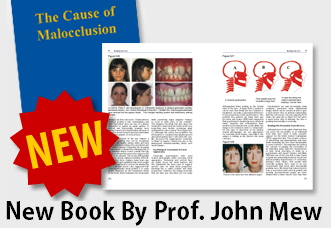ORTHODONTICS NEEDS TO CHANGE
Root Resorption – Does it Matter?
Most orthodontics in Britain is carried out with fixed appliances and is usually associated with some root resorption. I think most orthodontists are embarrassed about this resorption but accept it as unavoidable. However we are left with little idea of its consequence in old age.
Some persistent researchers are very concerned about it and when you read their figures you can understand why. Kurol for one found that “root resorption is an early and frequent iatrogenic consequence of orthodontic treatment, even after application of a force below what is often used in other clinical situations”. “93% of teeth showed some root resorption but none of this could be seen on periapical radiographs”.
Perhaps we should consider the physiological aspect, the periodontal membrane is about ⅛ mm thick and has evolved like a sling to take the load of biting. However the fibres do not withstand lateral loads very well and if a side movement exceeds ⅛ mm the narrow line of contact between the root and the socket the surrounding membrane becomes compressed and therefor ischaemic. If this lasts for any length of time the cells die causing the pain that many children suffer following adjustment of their orthodontic appliances.
Unfortunately this is routine whenever a fixed or removable spring device is adjusted. As we might expect intermittent forces are more healthy as they allow the blood flow to be re-established at intervals but orthodontists have found these difficult or impossible to apply (Kento et al 2017).
An alternative method might be to use a rigid removable appliance which applies exactly 1/16th mm movement to each side of the maxillary arch each day so that the membrane which is ⅛th mm thick is never crushed. This precise rate might provemore effective at moving teeth and bone with little or no damage.
It is known that there is little root resorption if patients are treated young before their root apices have closed so that apical resorption is unlikely to take place (Mavragani et al 2002). The illustration below shows that orthodontic treatment is sometimes associated with root resorption.

